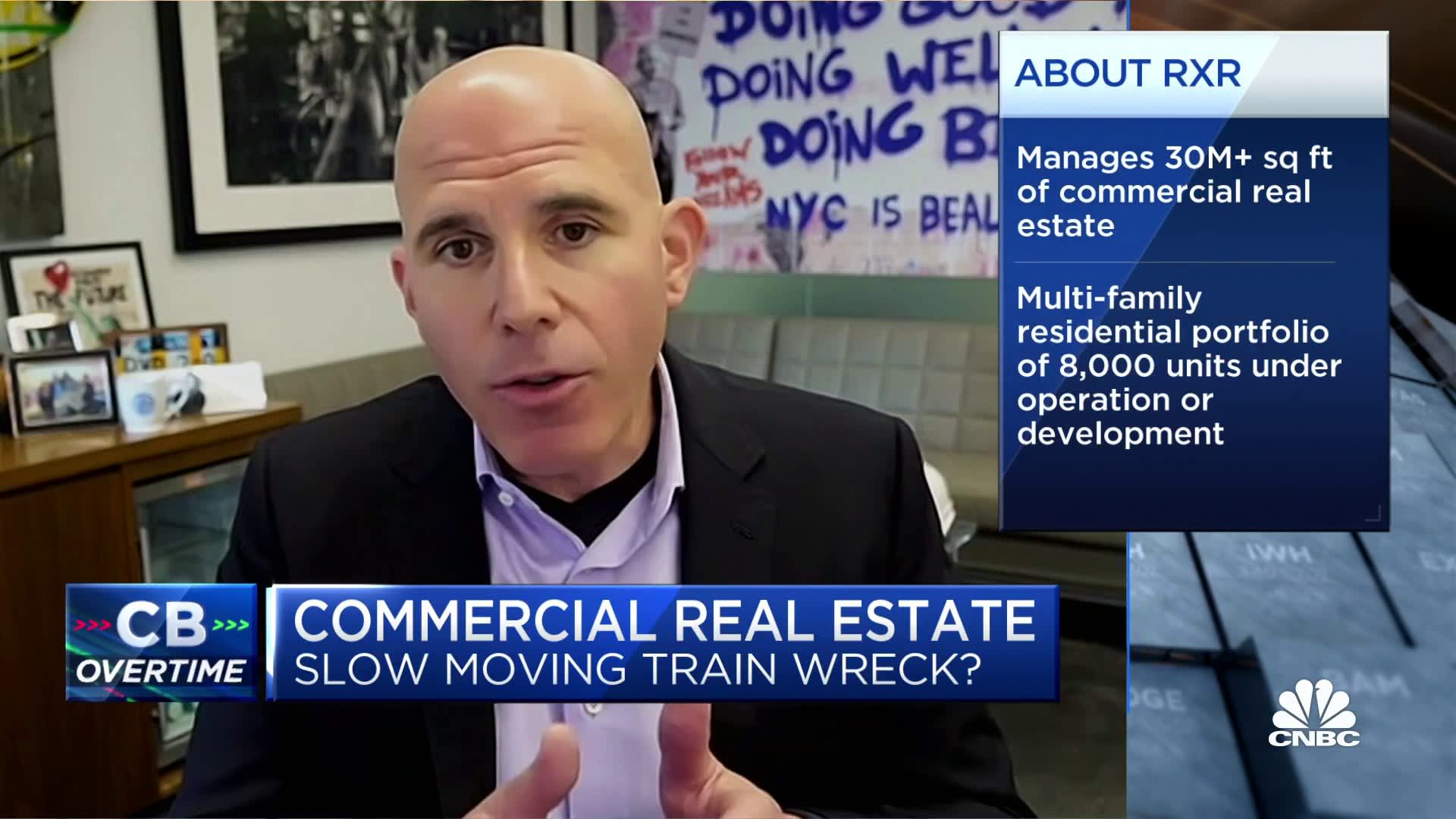Real estate investing, if done right, can create endless opportunities. Real estate is an awesome income producer with the right investment and jumpstarts your way to complete financial freedom.
Many real estate investors become successful through the process of learning. For a beginner investor, the learning experience is often hands-on, like shadowing someone in the field or learning through courses or books.
Even seasoned investors will continue to educate themselves throughout their careers to prosper even more. And in some states, there is a continuing education requirement to renew things like a real estate license, so for some, learning is required.
This article discusses the best resources to help any real estate professional learn and understand investing from a financial, legal, and market perspective.
How to Learn About Real Estate Investing
It’s time to dive into a few resources available to help you become a successful property entrepreneur or continue your education in real estate.
1. Books
Let’s be real, anything can change the way we think. Have you ever read a book that helps you piece together your life? We’re going off subject, but, long story short, well-written books offer a unique and often thought-provoking perspective. As a thought leader, BiggerPockets provides many books from leaders that will help you understand:
- How a transaction works with rental properties
- Legal consequences of rental management
- How to invest in REITs
- Tips for earning more than just a regular income
- How to flip a land purchase
- How to collect unpaid rent
- Types of properties to purchase with cash
- How to successfully run a real estate business
There are several books available on the market today. Believe me, if you are serious about investing in land or securities, you name it, so many books are available.
2. Courses
Have you heard of Udemy? It’s an online learning and teaching marketplace that offers a variety of short and long-term courses on any subject, including real estate. For those just beginning an investing journey, it will help you gain adequate knowledge.
Often taught by investors, an online or in-person course will give you the confidence to deal with things like investment proposals, how to do due diligence, and more.
Additionally, BiggerPockets offers a handful of virtual bootcamps on various real estate investing strategies. You can even select between interactive or self-guided options based on your learning preference.
3. Networking events
There are too many networking events or conferences to count! Attending a conference (like BPCON!) lets you network with industry experts and learn about current market trends like the best places to invest and make the most money.
Any networking meetings will enable you to listen to various successful investors in one place. Similarly, conferences let you explore investment property projects, the latest real estate technology, learn about rent trends, and much more.
There are also seminars and events to help you explore new investment avenues in real estate, gain experience, and make a profit.
4. Podcasts
Oh, the joy of just listening to things, am I right? Podcasts are available wherever and whenever you want them. Often in a series, podcasts are typically published on a daily, weekly, or monthly basis. The top podcasts in the industry cover topics like the best real estate investments in today’s world, how to properly maintain a rental property, how to set rent, or how successful real estate people got their start.
Some podcasts allow you to listen to experts tell their stories of how they got their start, their biggest lessons, and more. BiggerPockets has a number of awesome podcasts that feature experts every few days, including folks like Brandon Turner, Dean Rogers, and more.
5. Webinars
Like Facebook Live, a webinar is an online event where a company hosts a select group of members. These members are often involved in the space, be it a landlord, a property manager, and so many more. It’s perfect for interacting with mentors, learning about their journeys, and getting answers to your biggest questions.
A live webinar may update you about the latest trends in the real estate sector, inform you how to raise rent on a tenant, or even how to set rent. No matter the subject, it’s common for influencers in the space to host webinars to attract those looking to venture into the world of investing. You can benefit in so many aspects of real estate investments through webinars.
6. Blogs
Real estate blogs like BiggerPockets and other online resources are amazing resources to learn from. From renting a primary residence, buying your first fix and flip property, or collecting rent from tenants, blogs offer endless information.
If you are saving money to purchase a property and don’t have the extra capital to spend on paid resources, a blog is the perfect place to get free information.
Some of the best blogs include:
- BiggerPockets
- Landlordology
- REtipster
7. Forums
Not to toot the BiggerPockets horn again, but the company hosts one of the most popular real estate forums. These forums help people connect with the real estate community.
You can develop connections with fellow investors to build your investment network through a forum. Networking with the right people is one of the biggest secrets to success. Whether you want to sell a property to make a profit, have a cash opportunity at play, are interested in becoming a landlord, or are curious if you are paying too much for a property, a forum is a great place to ask questions.
8. YouTube
With over 2 billion users worldwide, YouTube is one of the go-to resources for free real estate content. YouTube experts have niched down these past few years from how-to videos to explainer videos.
Today, you’ll find everything from Airbnb experts, flippers, house hackers, and more. Whatever you want to invest in, consider YouTube the golden learning resource for investors, whether just getting into the space or continuing your real estate education.
Some of the top YouTube channels include:
9. Mentors
I’m grateful for the number of mentors I have in the space. From a former property manager and flipper, to a real estate agent, to the owner of a tenant background screening company, I can tell you firsthand that mentorship is crucial to success.
One place that people find mentorship is through a real estate syndicate. The syndicators form a group of real estate gurus pooling financial resources to own an investment property. A syndicator educates you on the benefits of investing in real estate and updates you on important decisions.
If you find a mentor, ask if you can shadow them. Continuing education, real estate speaking, is a never-ending process for truly dedicated real estate professionals.
Types of Real Estate Investments
Here are a few investments that are common amongst those in the space.
Real estate investment trusts
REITs allow you to get a little piece of the pie without indulging in the whole thing. REITs own commercial real estate like retail stores, hotels, and apartments. REITs often pay higher dividends, so a lot of the time, it’s more common for buyers to be retirees.
Rentals
So, you find a rental for sale. Currently, it’s rented out to college seniors in the Bay area. For a first-time landlord, it doesn’t sound too shabby of a deal if it’s in an in-demand location, even if the price is higher than they anticipated.
Flips
This is my favorite topic. What’s better than finding a diamond in the rough and fixing it up to let it shine? There are so many homes out there in need of a little TLC. Handy investors love house flipping. It’s fun, it’s a challenge, and it’s hopefully profitable.
For something like a foreclosure, cash is key. When dealing with a bank, their main concern is repaying the existing mortgage, and nothing is more attractive than a cash offer. Foreclosures, if done right, can result in a major profit if the purchaser decides to flip or rent.
Why Invest in Real Estate?
I mean, why not invest? Real estate allows you to diversify your investment portfolio and offers various returns depending on your investment. Here are the top three reasons to invest in real estate.
1. Diversification of portfolio
Diversification is investing in various types of assets, so a portfolio doesn’t solely concentrate on a single source of income or capital appreciation. As a whole, a diversified portfolio helps reduce risk and may lead to a higher return. Diversification includes more than just real estate investments. For example, it can also include stocks or bonds.
Have you ever heard of the real estate platform CrowdStreet? Instead of buying an entire property, you can buy something alongside other investors. According to the Securities and Exchange Commission, platforms like CrowdStreet are only open to accredited investors.
These types of investments are classified as securities, which must be registered with the Securities Exchange Commission.
2. Inflation hedging
One approach people take to hedge against inflation is making a real estate investment because the asset class usually has little correlation with stocks and bonds. As home values rise because of inflation and an investor’s fixed-rate mortgage stays the same, an investor’s equity in the home increases.
For example, a rental property with a short-term lease during high inflation times can be beneficial. If a property owner raises rental rates regularly while mortgage payments stay the same, increasing income is possible to help balance the rising inflation rate. Locking in low mortgage rates, be it a refinance or additional purchase, is a key part of an investor’s strategy.
3. Leverage
Except for REITs, also known as real estate investment trusts, investing in real estate gives the purchaser one tool unavailable to stock market investors: leverage. Sounds powerful, doesn’t it? Leverage allows investors to use debt to finance a larger purchase than what they have available in cash. An example of this debt used is a mortgage.
Most conventional mortgages require a 20% down payment. However, depending on the location, you might find a mortgage that requires as little as 3.5%. At a 3.5% down payment, you control the whole property and its equity by only paying a fraction of the total value. Of course, the size of your mortgage affects your property ownership, but you control it the second the papers are signed.
A flipper or landlord can take out a second mortgage on their home and put down payments on two or three other rental properties like commercial office buildings. The ultimate goal is to have the tenants pay the mortgage or wait for an opportunity to sell for a profit. The purchaser controls the assets, despite only paying for a small part of the total value.
FAQs on Learning About Real Estate Investing
Here are some of the most commonly asked questions regarding learning how to make an investment in real estate.
What age should you start investing?
Legally, you must be at least 18 to sign property paperwork. The truth is, anytime you can start to invest, you should invest. Most will start in their 20s or 30s, depending on their comfortability in taking on real estate deals.
What is the first step in real estate investing?
The first step is to take the first step! Most will start following social media influencers to help educate themselves, make an investment in a coaching program, read informational blog posts, and more. The reality is wherever you feel the most comfortable starting, that’s where you should start.
If you already have a primary residence, you could benefit by renting out a room to earn money and to see how you like it. You’ve already invested, but now you’re just testing the waters with renting.
What is the continuing education requirement for some states?
There are specific continuing education requirements for states if you want to be more than just an investor. In this case, a real estate agent. Find out what the requirements are for your state if you want to explore being an agent.
How do I educate myself on real estate investments?
There are so many different places, as I mentioned above. If you’re looking for specifics, a place like BiggerPockets is a great starting point. We’ve got everything from bootcamps to posts to a podcast, you name it, we’ve got it. If you’re a reader, the book How to Invest in Real Estate: The Ultimate Beginner’s Guide to Getting Started by Joshua Dorkin, is also a nice starting point.
What is the best investment strategy for me?
The answer, as cheesy as this sounds, lies within. As you know, there are so many investment opportunities. If your money situation allows it, your best strategy could be in apartment investing to even rent out a room. Whatever it is, at the end of the day, the two factors to consider when creating an investment strategy for your business are time and money.
Who should I network with?
As many as you want! Let me put it this way, knowledge is everywhere. Be a sponge and get as many mentors as possible to see the different aspects of the space.
Where Will You Start?
The best real estate investments are the ones that best serve you. It could be a block full of office buildings you’ll rent out or apartments you plan to flip. Time is so valuable, making the most of it is important. It takes time to define how much capital you have available to invest or how much time you must dedicate to learning more about investing money.
Unlike a stock or bond transaction, a real estate transaction typically doesn’t happen overnight. Yes, something like a mutual fund or REIT offers better liquidity pricing. However, it’s often at the price of higher volatility and lower diversification benefits because they correlate with the overall stock market.
Aside from your 9 to 5 job, consider investing in real estate if you’re looking for a regular income. Learn the ropes, set your expectations, and make it happen when the time is right for you.
Join the Community
Our massive community of over 2+ million members makes BiggerPockets the largest online community of real estate investors, ever. Learn about investment strategies, analyze properties, and connect with a community that will help you achieve your goals. Join FREE. What are you waiting for?
Note By BiggerPockets: These are opinions written by the author and do not necessarily represent the opinions of BiggerPockets.












